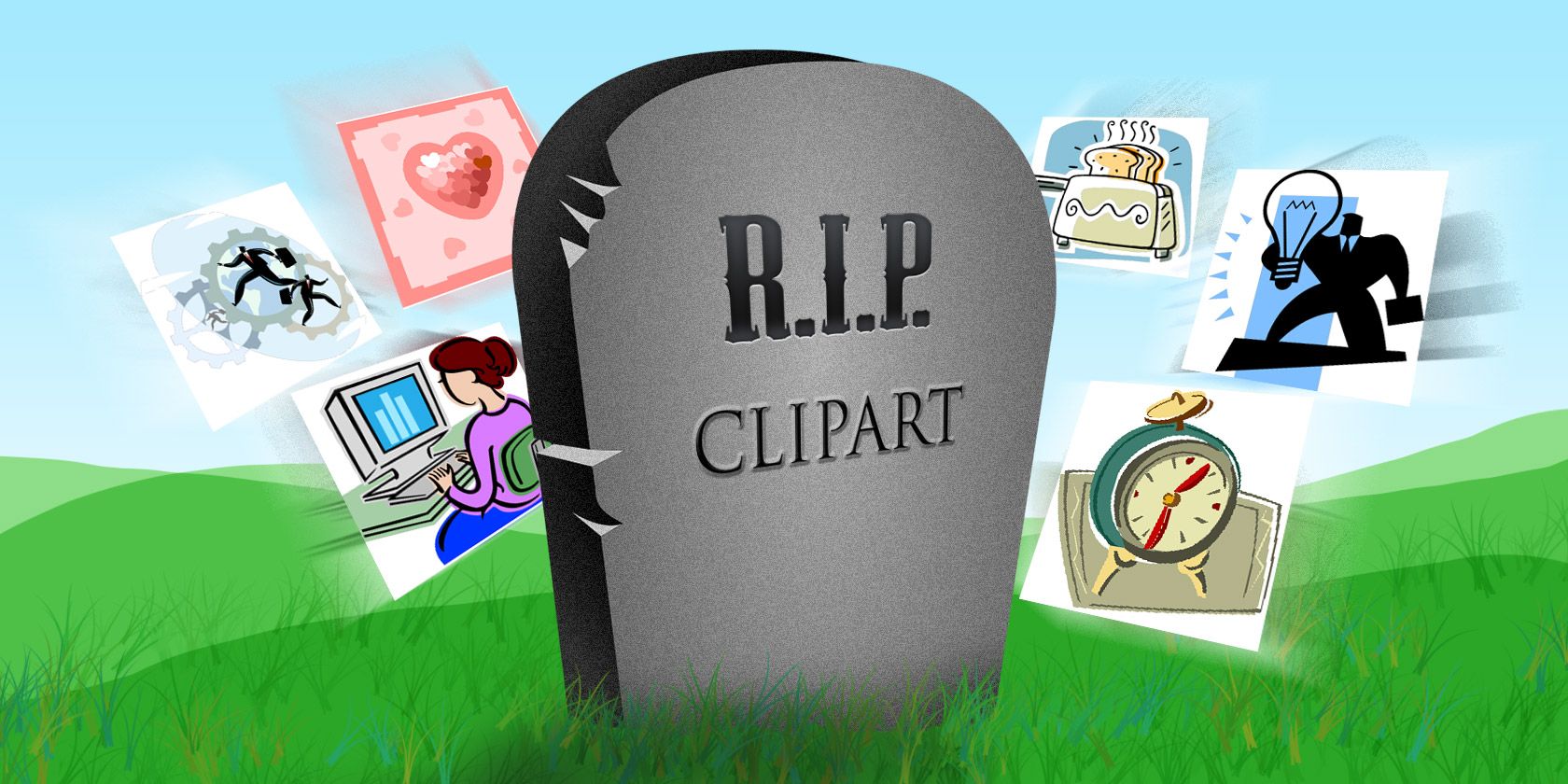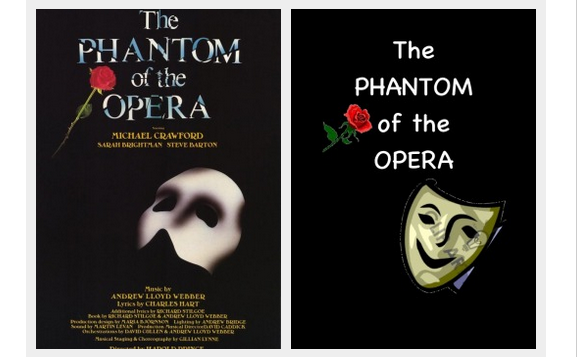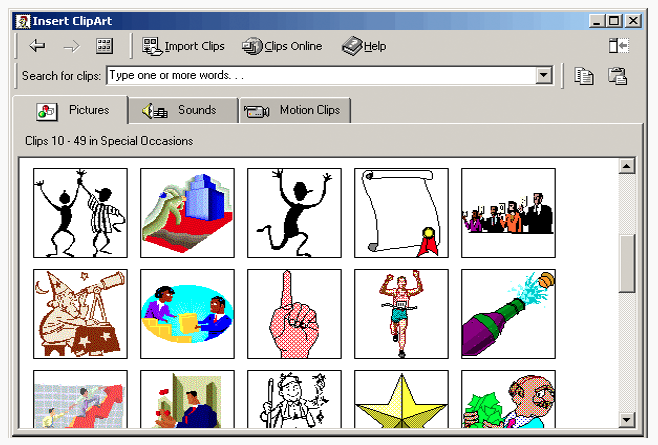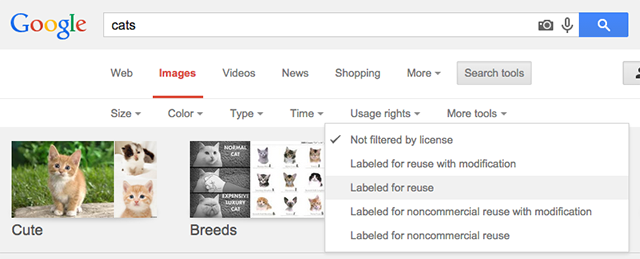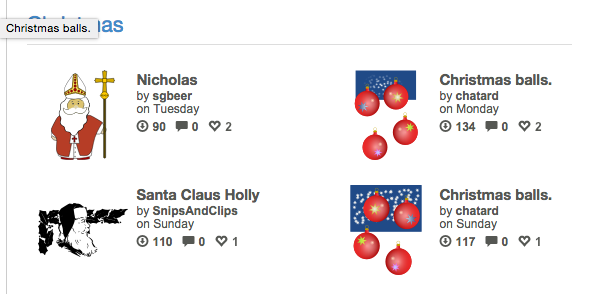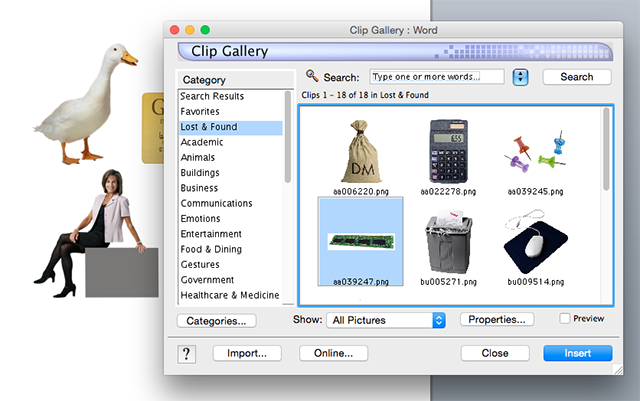Remember Microsoft's clip art? Neither did I until this week, when Redmond announced that clip art gallery is going the way of Clippy.
Or, to put it another way: once upon a time, we were all...
...but now, anyone looking for classic clip art feels mostly...
To be fair, the clip art gallery you remember from days of yore is already long gone – in Office 2013, clip art was an online-only feature. If you're like most people you didn't notice, because you haven't used clip art since Google Image Search launched in 2001, but for quite a while Office's clip art feature was an embed of an online service.
It's that online service that is, as of this week, gone. In it's place: a Bing Image Search, filtered to only show you Creative Commons images.
Why Clip Art Was Somewhat Good
It's easy to make fun of Microsoft's old image gallery. There's a Tumblr page full of famous album and movie covers, re-created with clip art and it's freaking hilarious.
Microsoft's gallery had an aesthetic, to be sure, and it wasn't high art. But these images, cheesy as they are, were also incredibly useful in their time. It wasn't easy to quickly find images in the dial-up age, and an entire industry of CD-ROMs you could buy for $50+ tried to fill that niche. You could buy those, or you could stick with what you already had: Microsoft's clip art.
There it was, inside the program you were already using. Sure, it wasn't pretty, but you could quickly add a visual highlight to your document or presentation. Even better: everything was rights-cleared, meaning you could use it in your document or PowerPoint presentation without the fear of legal repercussions.
In 2014 there's a lot more choice out there – images you can use, free of charge, without much legal worry. Even better: a lot of them look great. You just need to know where to look.
Microsoft's new embedded search will help with this.
What Is Creative Commons?
It's not hard to find images to use online – just use an image search. This works well, but it's worth noting that doing so isn't necessarily legal. Most of the images you can find this way are owned by their original creators. This likely doesn't matter if you're only using something for private use, or even a school assignment, but if you intend to publish a work you need to make sure all rights are cleared.
Which brings us to Creative Commons, the license Office's new Bing-powered search filters for. My colleague Danny explained what Creative Commons is, and why you should use it, but the quick version is that it's a way for artists to tell the web their images are free to use.
So Microsoft took down the clip art gallery, but is arguably offering something even better: a constantly updated stream of rights-cleared images. You'll find photos, which look a lot better than clip art ever did. It's hard to see this as anything but an improvement, really.
Is there a potential downside? Yes. Just because a search engine sees something as Creative Commons doesn't necessarily mean that it is. Here at MakeUseOf, for example, we've had at least one photographer threaten to sue us over an image he didn't realize he himself licensed as Creative Content. He backed down when we pointed this out, and it's one example resulting from thousands of blog posts spread over a decade, but know that this isn't without risk.
I Don't Like Bing, What Should I Use Instead?
Just because Bing is built into Office doesn't mean it's your only option.
My colleague Chris compared Google Image search to Bing, and found Google's results to be better. If you feel the same way, don't worry: you can use it to find rights-cleared images. While searching for an image, click Search Tools then Usage Rights.
With this your results will be filtered, showing you images you can reuse.
Be careful: most Creative Commons images require attribution, meaning you need to give credit to the artist in order to use the image. Make sure you understand Creative Commons and other licenses before using such images.
If you'd rather not make room for an attribution, there are other sites made up entirely of images you can use free of charge. My preferred choice is MorgueFile, a collection of high-quality photos you can use free of charge with no strings attached whatsoever.
Or, if you really prefer that "clip-art look", you should check out OpenClipArt.org. It has the cheesy aesthetic you crave.
It's a Christmas miracle!
RIP Clip Art
A lot of jokes have been cracked at clip art's expense this week, but for many this was a useful feature of Office that will be missed.
Oh, and Mac users: Clip Art is still an offline feature in Office for Mac 2011, so you can still use it. You won't. But you can.
If clip art appeals to you for its retro feel, you might also like pixel art. You can create some yourself with pixel art tools.

